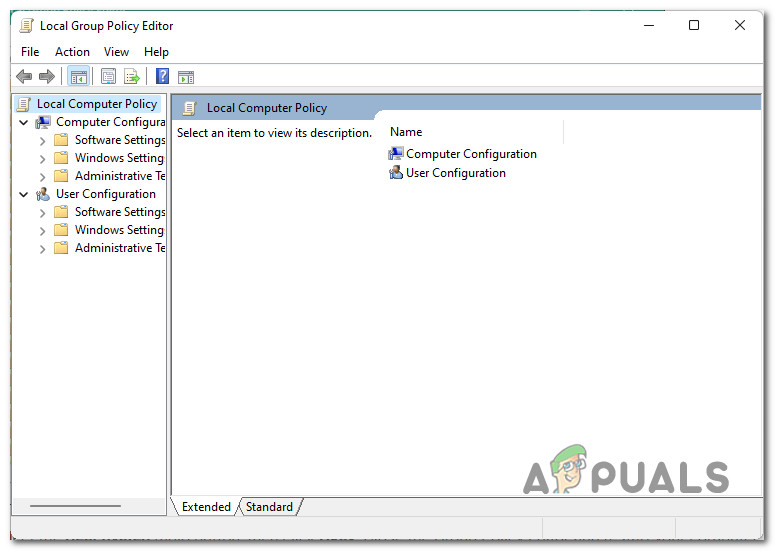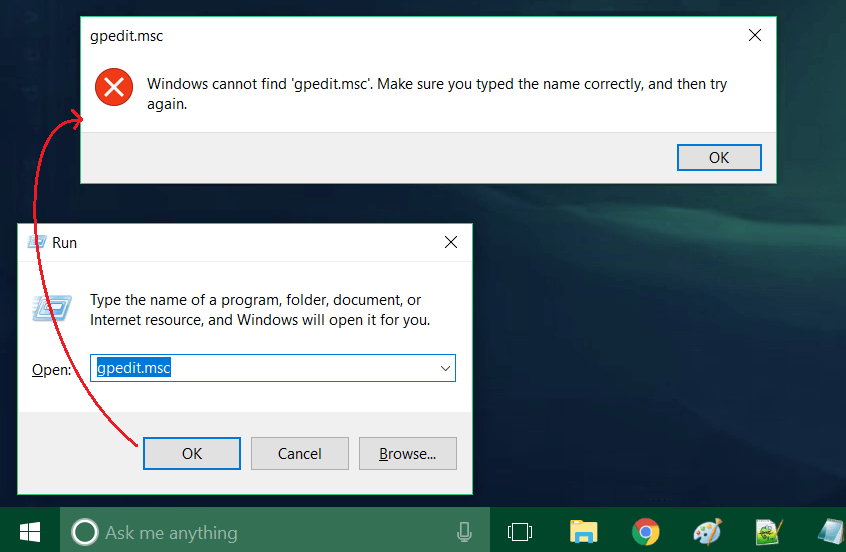


The resources that users are permitted to access.User authentication to a network or device.The GPOs are linked to Active Directory containers such as sites, domains, and organizational units, and they enable administrators to manage security settings for multiple computers from any device joined to the domain. The Security Settings extension of the Local Group Policy Editor snap-in (Gpedit.msc) allows you to define security configurations as part of a Group Policy Object (GPO). Security settings policies are rules that you can configure on a device, or multiple devices, for protecting resources on a device or network. Security policy settings should be used as part of your overall security implementation to help secure domain controllers, servers, client devices, and other resources in your organization. Enable Group Policy Editor (gpedit.This article discusses different methods to administer security policy settings on a local device or throughout a small- or medium-sized organization.If Group Policy Editor is not working, or you get errors, see our article - Enable Group Policy Editor (gpedit.msc) in Windows 10 Home Edition. If you already have Group Policy Editor installed, you can download just the enabler here. Click now on the Windows Key + R and type in gpedit.msc and click enter, and the Group Policy Editor should open.

The command prompt will open and execute for you. Once installed, right-click on gpedit-enabler.bat, and select Run as administrator. To install Group Policy Editor, click on setup.exe and Microsoft.Net will need to be installed. Group Policy Editor for Windows 10 Home Edition contains the setup for Group Policy Editor as well as a batch file to install and get it working in Windows 10 Home so that Start, Run, gpedit.msc works properly.


 0 kommentar(er)
0 kommentar(er)
